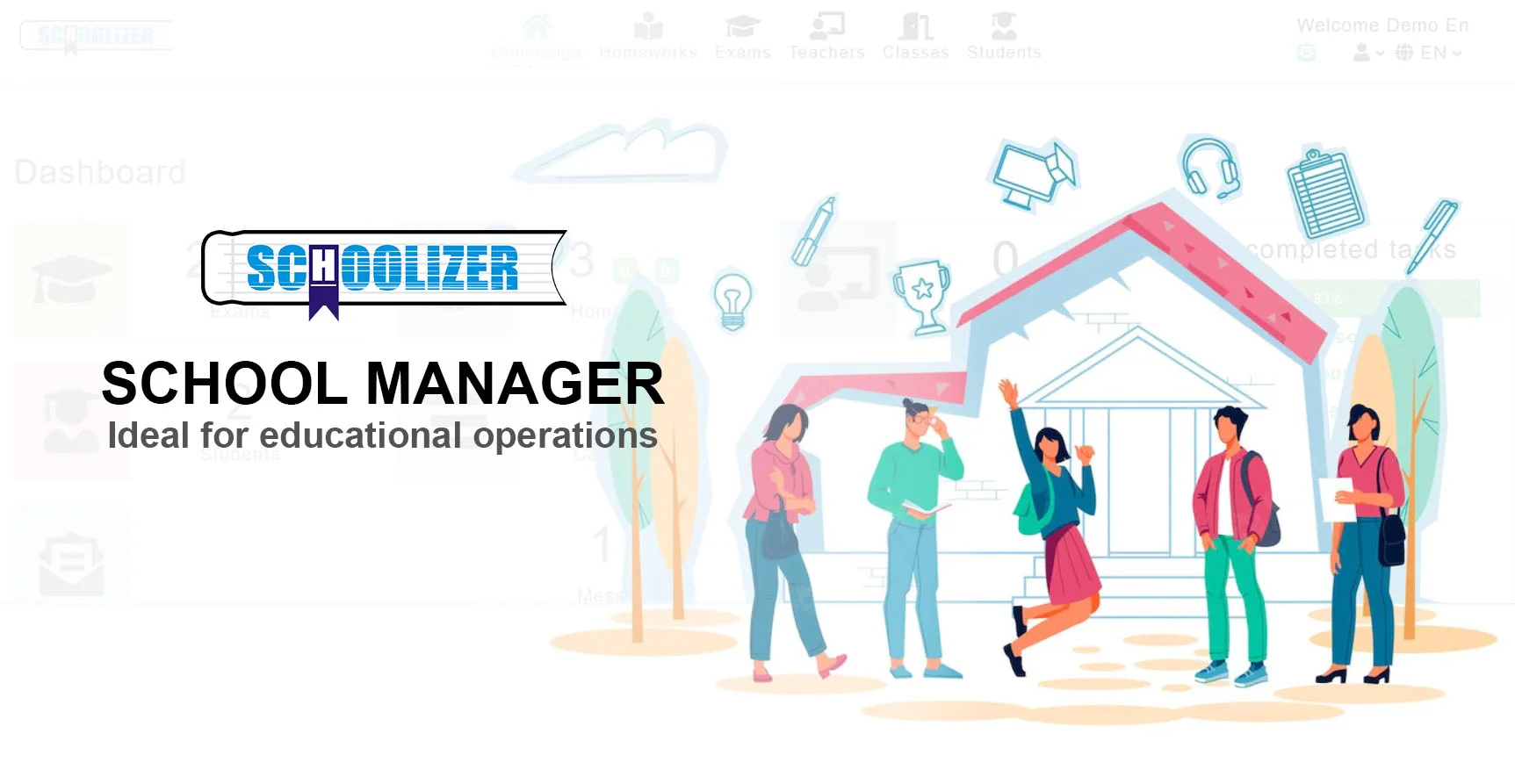How Starting a School Newspaper Transformed My Students' Learning Experience

How Starting a School Newspaper Transformed My Students' Learning Experience
What if a simple classroom project could reignite students' passion for learning? How can a school newspaper become more than just an extracurricular activity—but a transformative educational tool? For many educators, the answer lies in the power of student journalism. When I introduced a school newspaper in my classroom, it didn’t just teach writing—it reshaped my students' entire learning experience, fostering creativity, critical thinking, and joy.
The Power of Student Journalism
Creating a school newspaper is more than just an exercise in writing; it’s a holistic learning experience. Students develop research skills, learn to collaborate, and gain confidence in their voices. Unlike traditional assignments, a newspaper project gives them a real-world audience, making their work feel meaningful and impactful.
For example, one of my students—initially hesitant about writing—discovered a passion for investigative reporting. She interviewed school staff about sustainability efforts and wrote an article that sparked a school-wide recycling initiative. This wasn’t just a grade; it was authentic engagement with her community.

Building Essential Skills Beyond Writing
A school newspaper cultivates a wide range of skills that extend far beyond the English classroom. Students learn:
- Critical thinking: Evaluating sources, fact-checking, and forming balanced arguments.
- Teamwork: Collaborating on layout, editing, and distribution.
- Digital literacy: Using design software, social media, and online publishing tools.
- Leadership: Editors and section leads take ownership of their roles.
In one case, a student who struggled with traditional essays thrived as a graphic designer for the paper, using Canva to create visually engaging layouts. This experience later helped him secure an internship in digital media.

Fostering Student Engagement and Joy
One of the most profound effects of starting a school newspaper was the joy it brought to my students. Unlike passive learning, journalism is interactive and student-driven. They choose their topics, conduct interviews, and see their work in print—or online—for peers, teachers, and parents to read.
A shy student who rarely participated in class discussions became one of our most prolific writers after covering the school’s drama club. Her articles gave her a voice she didn’t know she had. Another student, who disliked structured assignments, flourished when given the freedom to write an opinion column on student life.

Practical Steps to Launching a School Newspaper
Starting a school newspaper may seem daunting, but it doesn’t have to be. Here’s how to begin:
- Start small: Begin with a monthly or quarterly print edition, or even a digital newsletter.
- Assign roles: Let students take on responsibilities like editor, reporter, photographer, and designer.
- Integrate with curriculum: Use the newspaper to reinforce writing, research, and media literacy standards.
- Seek support: Partner with the school’s IT or art department for technical help.
At our school, we began with a four-page newsletter and expanded to a full-color publication within a year. The key was letting students drive the process.

Overcoming Challenges
Like any new initiative, launching a school newspaper comes with hurdles. Time constraints, funding, and student turnover can pose challenges. However, solutions exist:
- Time: Dedicate one class period per week or make it an after-school club.
- Funding: Seek sponsorships from local businesses or use free online publishing tools.
- Sustainability: Train older students to mentor newcomers, ensuring continuity.
When our first issue ran into printing costs, we turned to a free blog platform and later crowdfunded for a print edition. The students learned valuable lessons in budgeting and resourcefulness.

The Lasting Impact
The benefits of a school newspaper extend far beyond the classroom. Alumni from our program have pursued careers in journalism, marketing, and public relations. Even those who didn’t enter media-related fields credit the newspaper with improving their communication and problem-solving skills.
One former student, now a nurse, told me that interviewing sources for the paper taught her how to ask the right questions—a skill she uses daily with patients. Another, an engineer, said designing layouts helped him visualize complex data.

In the end, a school newspaper isn’t just about producing articles—it’s about producing confident, capable learners. If you’re looking for a way to transform your classroom, consider giving your students the gift of a byline. The results might just surprise you.






